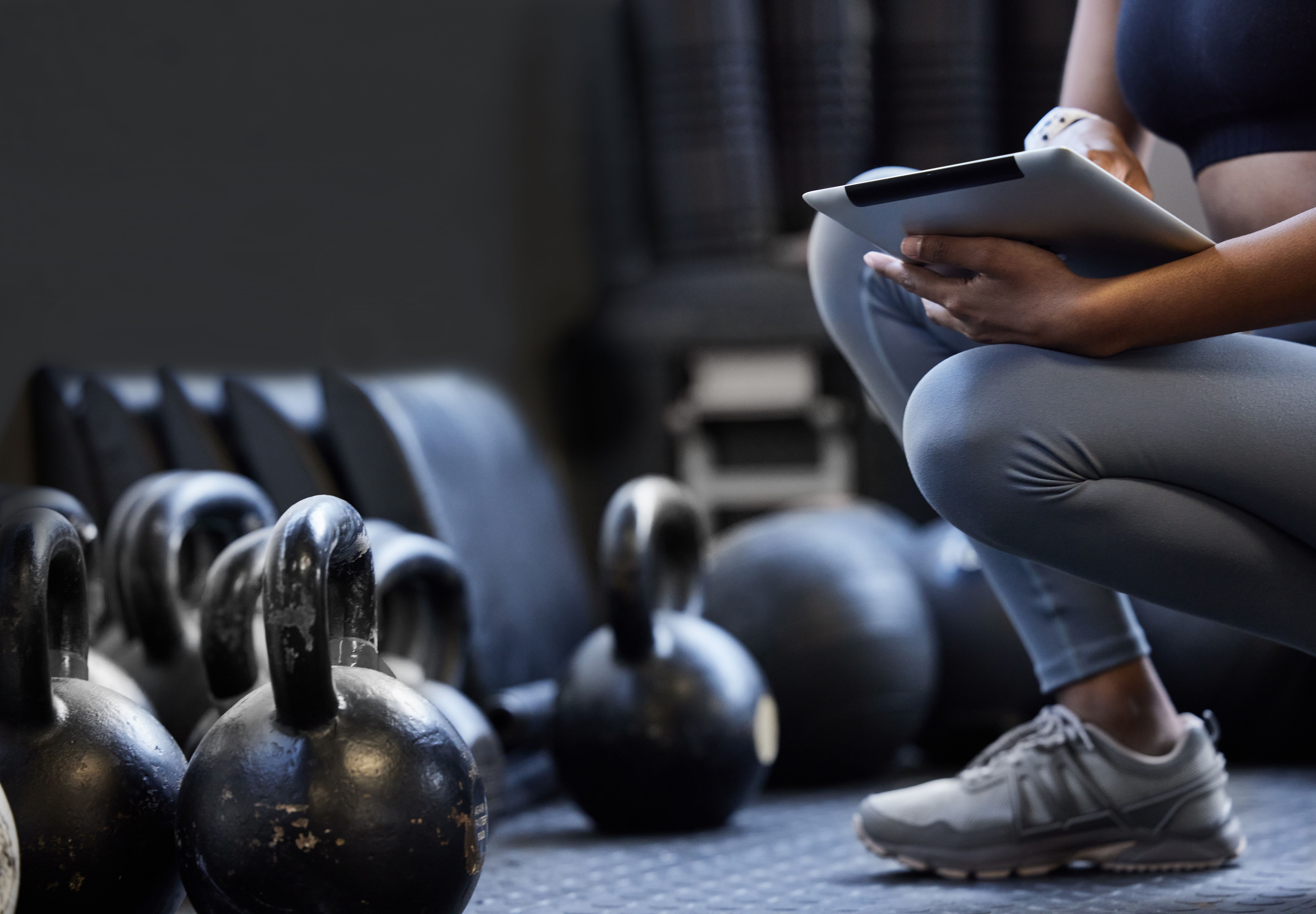Building Strength: The Ultimate Guide to Muscle Growth with Resistance Bands
Introduction to Resistance Bands
Resistance bands have become a popular tool for fitness enthusiasts looking to build muscle without the need for bulky equipment. These versatile bands provide a wide range of resistance levels, making them suitable for beginners and advanced athletes alike. In this guide, we'll explore how you can effectively use resistance bands to maximize muscle growth.
Benefits of Using Resistance Bands
One of the primary benefits of resistance bands is their portability. They are lightweight and easy to carry, allowing you to perform workouts anywhere, whether at home, in the park, or while traveling. Additionally, resistance bands offer variable resistance, which increases tension as you stretch them further, providing a unique challenge to your muscles.

Another advantage of resistance bands is their ability to engage stabilizing muscles. Unlike traditional weights, which rely on gravity, resistance bands create tension from multiple angles, helping to improve balance and coordination while building strength.
Choosing the Right Resistance Bands
When selecting resistance bands, it's important to consider the band's material, length, and resistance level. Bands typically come in three types: loop bands, tube bands with handles, and therapy bands. Each type serves different purposes, with loop bands often used for lower body exercises and tube bands ideal for upper body workouts.
You should also choose bands with a range of resistance levels. Light, medium, and heavy options will allow you to progress as your strength improves. Consider starting with a set that includes multiple bands so you can tailor your workouts to your current fitness level.

Effective Exercises for Muscle Growth
Resistance bands can be used for a variety of exercises targeting different muscle groups. Here are some effective exercises to incorporate into your routine:
- Bicep Curls: Stand on the band with feet shoulder-width apart, hold the handles, and curl your arms upward.
- Squats: Place the band under your feet and hold the handles at shoulder height while performing squats.
- Chest Press: Anchor the band behind you and push the handles forward as if you are performing a bench press.
Creating a Balanced Workout Plan
To achieve optimal results, it's important to create a balanced workout plan that targets all major muscle groups. Aim for at least two to three resistance band sessions per week, focusing on both upper and lower body exercises.
A sample workout plan could include:
- Day 1: Upper body (chest, back, arms)
- Day 2: Lower body (legs, glutes)
- Day 3: Full body (combination of upper and lower)

Progressing with Resistance Bands
As you become more comfortable with resistance band exercises, it's important to gradually increase the intensity to continue building muscle. This can be done by increasing the number of repetitions or sets, using a band with higher resistance, or incorporating more complex movements into your routine.
Conclusion: Embrace the Versatility
Resistance bands offer a flexible and effective solution for those looking to build strength without the need for heavy equipment. By understanding how to choose the right bands and incorporating key exercises into your routine, you can enjoy significant improvements in muscle growth and overall fitness. Embrace the versatility of resistance bands and take your workouts to new heights!
